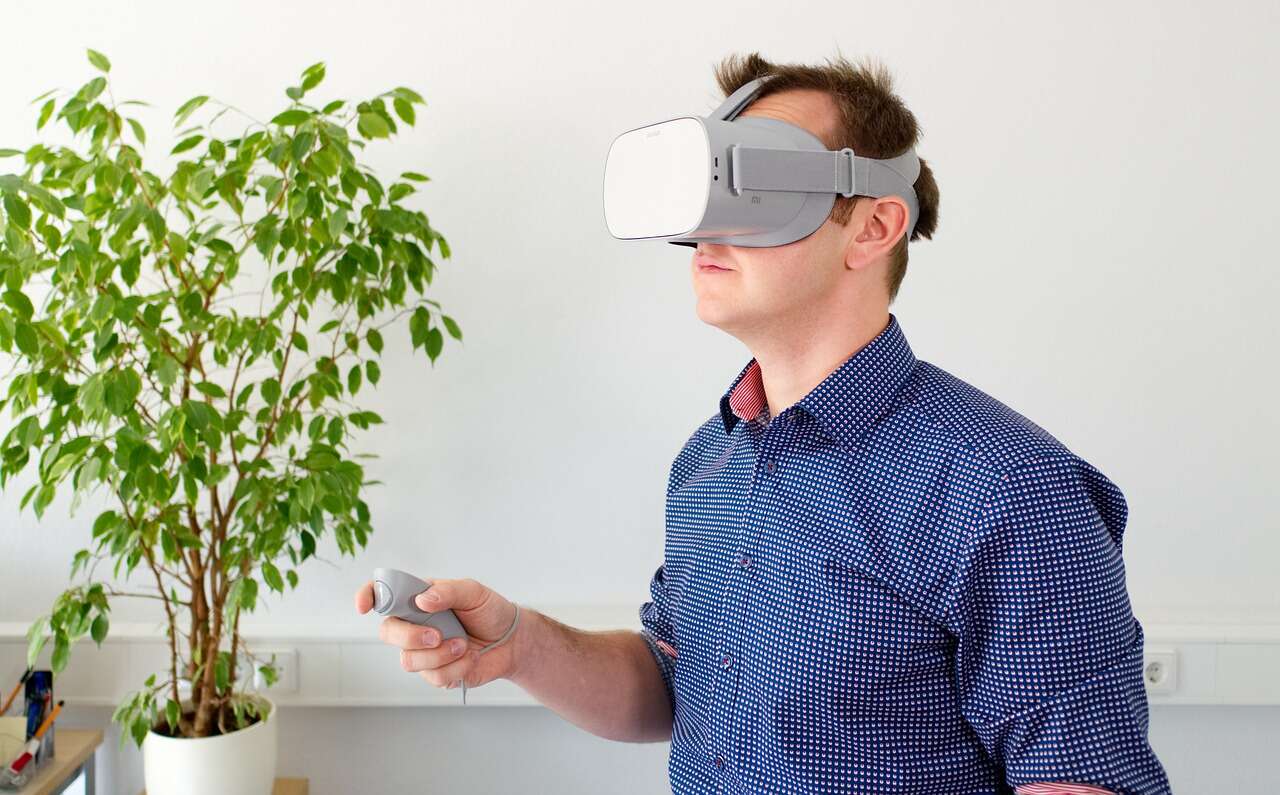Evoluzione dell’esperienza online
Internet mette in contatto le persone e, con la sua evoluzione, cambia anche il modo in cui ci mettiamo in contatto gli uni con gli altri. Se all'inizio Internet collegava gli individui online, ben presto si è orientato verso la creazione di comunità online.
Oggi le persone hanno la possibilità di connettersi con queste comunità online in un mondo virtuale decentralizzato e di proprietà della comunità.
Ogni era del web si è evoluta e ampliata rispetto alla precedente, e presenta più mezzi ed esperienze interattive.
«Il Metaverso è qui, e non sta solo trasformando il modo in cui vediamo il mondo, ma anche il modo in cui vi partecipiamo, dalla fabbrica alla sala riunioni.
Non è più solo guardare la vista di una telecamera sul pavimento di una fabbrica, si può essere sul pavimento. Non è più solo una videoconferenza con i colleghi, si può essere con loro nella stessa stanza. Non è più solo giocare una partita con gli amici, si può essere nella partita con loro.» - SATYA NADELLA, PRESIDENTE E AMMINISTRATORE DELEGATO DI MICROSOFT -
Tuttavia, l'espansione di Internet ha fatto sì che le piattaforme centralizzate diventassero il fulcro di queste connessioni. Il traffico web, ad esempio, è concentrato su piattaforme come Google, Youtube, Amazon, Apple, TikTok e Meta. Le aziende tecnologiche dominano circa il 56% del traffico globale di app.

L’evoluzione del Web e l’importanza dei device VR/AR
Si tratta di un internet diverso da quello a cui siamo abituati.
Molti sono abituati a quello che i tecnici chiamano Web 1.0 che si riferisce agli AOL e alle e-mail di questo mondo, il web nel quale si leggeva e più raramente si condivideva la propria storia.
Altri associano internet al concetto di Web 2.0, che ha come protagonista i social media e la condivisione a portata di tutti, e che non richiede abilità tecnologiche avanzate.
Oggi siamo nel Web 3.0, che rappresenta una reazione alla centralizzazione causata dal Web2. Identifica un nuovo bene digitale: al centro i crypto-asset, ovvero il mondo delle tecnologie decentralizzate, nelle quali vengono identificati questi beni digitali, che possono essere fungibili o non fungibili, ma non copiabili. Infatti, la radice crypto è legata alla crittografia, che permette a questi beni di essere unici o di esistere in un numero limitato ben identificato. Stiamo parlando di Token e Smart Contract entrambi strutture decentralizzate.
Il web 1.0, 2.0 e 3.0 non si differenziano solo per le tecnologie presenti sui nostri computer, ma anche per i loro devices.
Nel caso del web 1.0, ad esempio, il PC diventato popolare all’interno delle case ed in seguito anche nei contesti aziendali.
Il web 2.0 è stato caratterizzato invece dal web sul mobile.
Il web 3.0 sarà caratterizzato da alcuni device, un esempio è quello prodotto da Facebook - che non a caso ha ora cambiato il nome in META- chiamato OCULUS, fatto proprio per entrare nel metaverso.
Non è detto che questo diventerà il device definitivo, questo non lo si può prevedere. (Si ricordano le iniziali difficoltà e discussioni relative alle apprensioni nei confronti del PC, o anche la sempre più crescente pervasività dei cellulari).

Da quando Meta ha dato la sua presentazione nel passaggio al Metaverso, il mondo virtuale è diventato più una realtà. Le grandi aziende vorrebbero farci credere che l’hardware di realtà virtuale o aumentata sia una sorta di cavallo di Troia e un ingrediente essenziale per un metaverso. Ma in realtà sono solo un modo per diventare fornitori di interfacce informatiche dominanti, che fungono da intermediario per esperienze metaverse delle persone.
Non è necessario che un metaverse esista solo in VR/AR. Saranno il tipo di attività abilitate dai metaverses a permettere alle persone di uscire da remoto, lavorare insieme e socializzare.
Si può avere un hardware immersivo, un software e tutto il resto, ma soprattutto dev’essere un sistema economico aperto e universale che dà priorità agli utenti e alla sovranità dei loro dati.
Il device del Web 3.0 porrà gli stessi problemi, ma anche altre opportunità: si creeranno degli ambienti fruibili con nuove e infinite possibilità. Perché se il Metaverso è una visione dell’ Internet del futuro, e dietro al metaverso ci sono delle tecnologie, anche crypto, allora ci sono delle funzionalità che arricchiscono profondamente la nostra esperienza on-line.
| Iterazioni del web | ||
|---|---|---|
| Web 1.0 | Web 2.0 | Web 3.0 |
| Statico | Dinamico | Dinamico |
| Solo lettura | Lettura e scrittura | Lettura, scrittura ed esecuzione |
| Ricerca di pagine web di base | Interazione e connessione con gli altri | Interazione e connessione con gli altri |
| Contenuti pubblicati | Contenuti generati dagli utenti | Contenuti generati dagli utenti |
| Decentrato | Centralizzato | Decentrato |
| Gli algoritmi suggeriscono contenuti rilevanti in base ai dati dell'utente | Proprietà dei dati personali | |
| Applicazioni sociali, applicazioni basate su cloud | Apprendimento automatico, economie basate su blockchain | |
